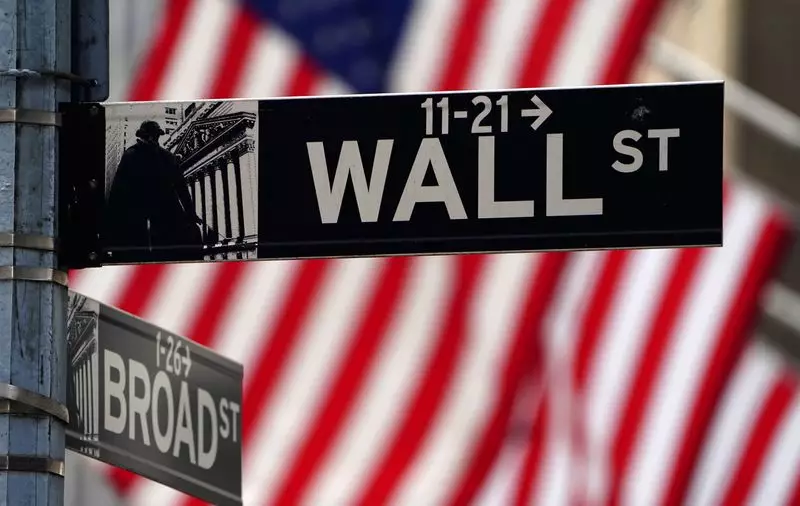As we approach the close of 2024, Wall Street is poised to reflect a robust bullish sentiment, fueled by an array of economic indicators that suggest resilience in the post-pandemic landscape. The consistent upward momentum seen in major indexes such as the S&P 500, Dow, and Nasdaq is a testament to the market’s recovery and the optimism surrounding future growth. Investors have been buoyed by expectations of favorable monetary policy changes, specifically a projected near 100-basis point interest rate cut by the Federal Reserve. This prospect has paved the way for a flourishing equity market.
The gains in technology, communications services, and consumer discretionary sectors—each improving by over 30% this year—underscore the shifting dynamics at play. Notably, the significant contributions of artificial intelligence (AI) companies to corporate profitability have also captured investors’ attention. The performance of tech giants like Nvidia, despite a 170% increase that pales in comparison to the previous year’s astonishing results, remains a pivotal part of the narrative. With its market capitalization soaring to $3 trillion, Nvidia epitomizes the potential of AI to reshape operational and financial landscapes across industries.
As trading commenced, several indicators highlighted market movements: the Dow E-minis ticked up by 71 points, while the S&P 500 and Nasdaq 100 also demonstrated slight increases. These pre-market movements are often influenced by low trading volumes as the year draws to a close, potentially making the market more volatile. Nvidia showed a modest increase, while Tesla also saw a resurgence, illustrating investors’ continuous confidence in cutting-edge technology firms.
This confidence is not only evident in tech stocks; traditional sectors, such as banking, have benefited significantly from the bullish trend, surging by over 30% this year. However, the market’s robust performance hasn’t been without its challenges. December introduced headwinds, as rising yields on Treasury notes raised concerns over high equity valuations, leading to a broader sell-off.
President Donald Trump’s electoral victory has provided an unexpected boost to market confidence, with significant expectations for regulatory and fiscal reforms. Investors posit that his administration will enact policies aimed at easing regulations, cutting taxes, and introducing tariffs, which may bolster domestic productivity and economic expansion. The optimistic climate has also favored small-cap stocks, as evidenced by the Russell 2000 reaching an all-time high and completing another annual gain.
Nevertheless, the market is on guard, as uncertainties loom regarding potential shifts in tax and tariff policies. As analysts like Raffi Boyadjian indicate, the predictability of the incoming administration’s actions on these fronts will be pivotal to sustaining further equity growth. The next few months will be crucial in determining whether earnings expectations can keep pace with investor optimism, especially within the technology and AI segments.
Market analysts anticipate that the Fed may commence its first rate cuts in early 2025, potentially around March or May. These cuts are critical as they often provide stimulus to the economy and underpin further market rallies. The flexibilities in monetary policy are essential for maintaining upward momentum, but inflationary pressures tied to Trump’s policies could temper the pace of rate cuts in 2025.
The cryptocurrency market also appears reinvigorated, with Bitcoin nearing the $100,000 mark. Companies like MicroStrategy, which have doubled down on their Bitcoin investments, have seen their stock prices triple, indicating a broader trend in bullish sentiment towards digital currencies.
In contrast, the materials sector faces challenges, having experienced declines due to economic pressures in China—one of the world’s largest consumers of metals. This dichotomy illustrates the complexity of the market landscape, where certain sectors thrive while others struggle to find footing.
As we transition into the new year, Wall Street remains an arena of both opportunity and uncertainty. Investors will need to stay vigilant, with a keen eye on geopolitical developments, monetary policy adjustments, and sectoral performances as they navigate the intricate economic tapestry of 2025 and beyond.

